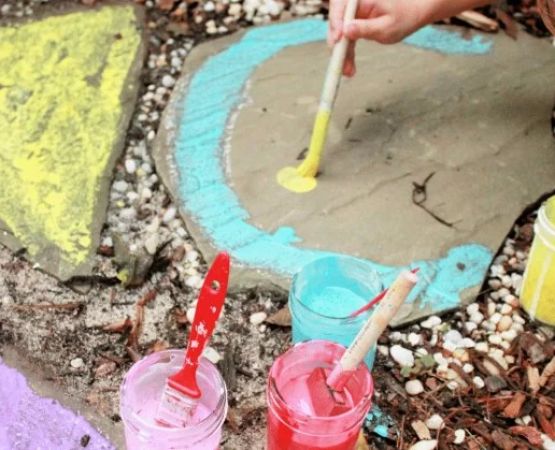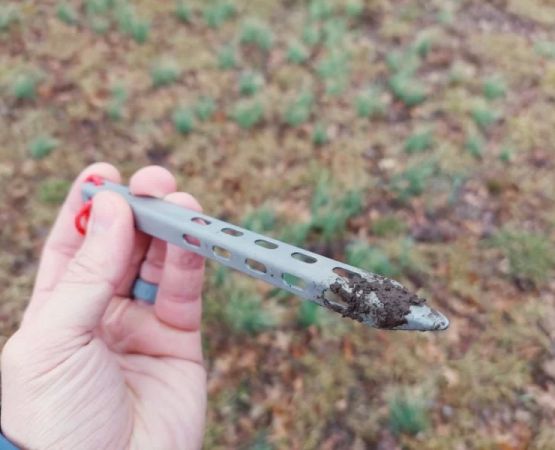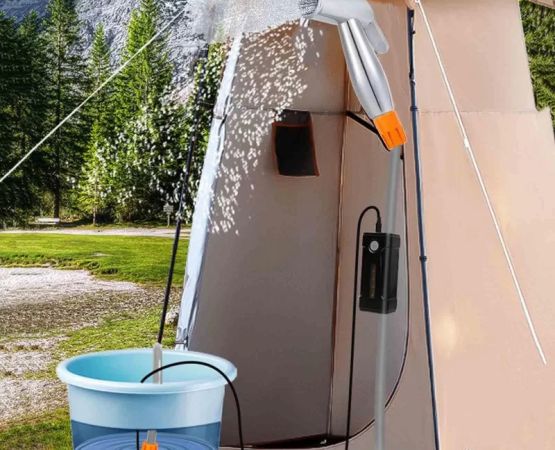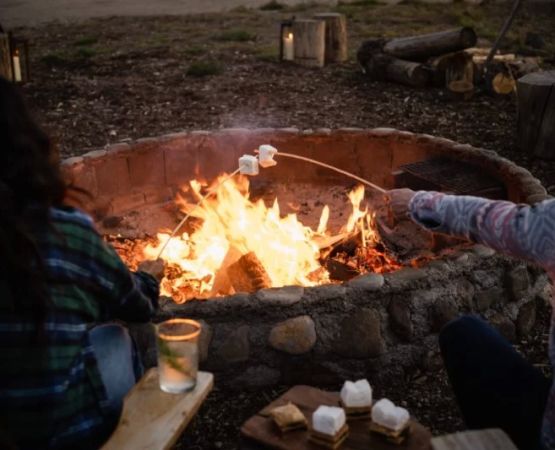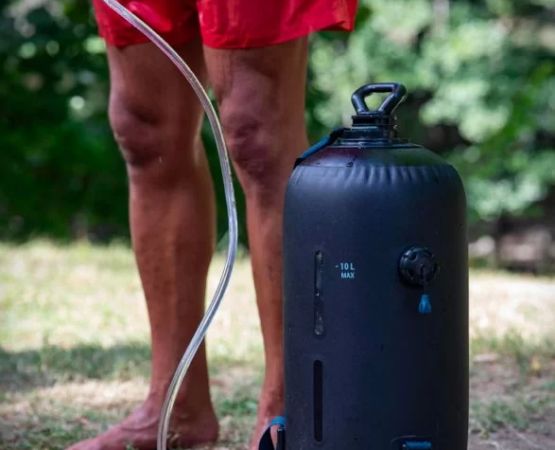- layering-strategies-for-extreme-conditions
- sleep-system-essentials-for-winter-nights
- must-have-cold-weather-cooking-and-hydration-gear
- navigation-safety-and-lighting-tools
- real-backpacker-insights-in-freezing-terrain
- shop-smartly-with-pine-cliff-resort
1. Layering Strategies for Extreme Conditions
1.1 Why Layering Is Critical
The foundation of essential gear for cold weather backpacking begins with layering. Each layer serves a unique role: moisture management, insulation, and weather protection. Without the proper system, even a short trek in sub-zero conditions can become dangerous.
1.2 Base Layers that Breathe
Start with moisture-wicking thermal underwear. Merino wool is highly recommended for its odor resistance and superior warmth-to-weight ratio. Avoid cotton at all costs—it traps moisture and freezes quickly.
1.3 Mid-Layers that Trap Heat
Insulation layers like fleece jackets or lightweight down puffies help trap your body heat. Consider bringing two mid-layers for multi-day hikes in case of wet conditions or fluctuating temperatures.
1.4 Outer Layers that Shield
A waterproof and windproof shell is your first line of defense against snow and wind chill. Gore-Tex and similar membranes offer breathability while locking out moisture. Look for jackets with pit zips for ventilation during ascents.
2. Sleep System Essentials for Winter Nights
2.1 Winter-Ready Sleeping Bags
Choose a mummy-style bag rated at least 10°F lower than the coldest temperature you expect. Look for hydrophobic down or synthetic insulation if moisture is a concern. Some ultralight hikers swear by quilt systems, but for extreme cold, a traditional bag provides better coverage.
2.2 Sleeping Pads that Insulate
A sleeping bag is only as effective as the pad beneath it. R-values of 4.0 or higher are recommended for winter conditions. Many experienced hikers pair a foam pad with an inflatable insulated one for added comfort and warmth.
2.3 Tent and Shelter Considerations
Freestanding four-season tents with strong pole systems are best for snow loads and heavy wind. Double-wall tents reduce condensation, but you can also consider minimalist setups like tarp-shelters if you’re experienced and traveling light.
3. Must-Have Cold Weather Cooking and Hydration Gear
3.1 Fuel Efficiency in Freezing Temperatures
Isobutane-propane canisters struggle in the cold. Opt for white gas stoves like the MSR WhisperLite for reliable performance. Always warm canisters in your jacket before using if no other options are available.
3.2 Melting Snow for Water
Bring extra fuel for snow melting, and always treat melted snow as you would stream water. A lightweight metal pot with a wide base will speed up melting time. Hydration bladders freeze easily—insulated bottles or wide-mouthed Nalgenes kept upside-down in your pack are a safer bet.
3.3 Nutrition That Packs Heat
High-calorie meals and snacks are critical. Cheese, nut butters, salami, and dense trail mix are winter MVPs. Hot drinks like broth or herbal teas not only hydrate but also help retain body heat and boost morale.
4. Navigation, Safety, and Lighting Tools
4.1 Cold-Resistant Tech and Old-School Tools
Smartphones and GPS devices can fail when cold drains their batteries. Always bring a map and compass as backup. Store electronics in insulated pouches and add hand warmers to extend battery life.
4.2 Avalanche Awareness and Snow Tools
If you're venturing into alpine terrain, avalanche beacons, probes, and shovels are non-negotiable. Take a certified avalanche safety course before heading into such zones.
4.3 Lighting That Lasts
A headlamp with lithium batteries (which perform better in cold) and a spare set is essential. Candles or ultralight lanterns can also provide warmth inside a tent and improve morale.
5. Real Backpacker Insights in Freezing Terrain
5.1 Evan’s Arctic Circle Trek
Evan, a seasoned trekker from Colorado, shared how his sleep system saved him during a stormy night at -15°F. “My pad with an R-value of 5.5 and my -20°F bag kept me safe, but without them, I’d have turned back. You can’t fake warmth out here.”
5.2 Maya’s Sierra Nevada Story
Maya’s story involved melting snow for water over 3 days when her planned water source froze over. “Having an extra bottle of fuel was a game-changer. That and an old-school metal pot got us through,” she says.
6. Shop Smartly with Pine Cliff Resort
Getting your hands on the essential gear for cold weather backpacking is easier when you trust experienced outfitters. At Pine Cliff Resort, outdoor gear isn’t just sold—it’s field-tested and curated by real adventurers. Whether you need expert advice on layering systems or want the best-rated winter stove, they’ll match you with gear that won’t fail in sub-zero conditions.
Before your next frozen trek, gear up with confidence. Because in winter, your equipment isn’t just convenience—it’s your lifeline.


